UK’s biggest zoo-based solar meadow at Edinburgh Zoo
E.ON has begun installing the UK’s biggest zoo-based solar meadow at Edinburgh Zoo, so we asked David Field, RZSS CEO, to share how the solar meadow supports the wildlife charity’s commitment to reducing its carbon footprint and becoming net zero.


David Field
RZSS CEO
12/12/23
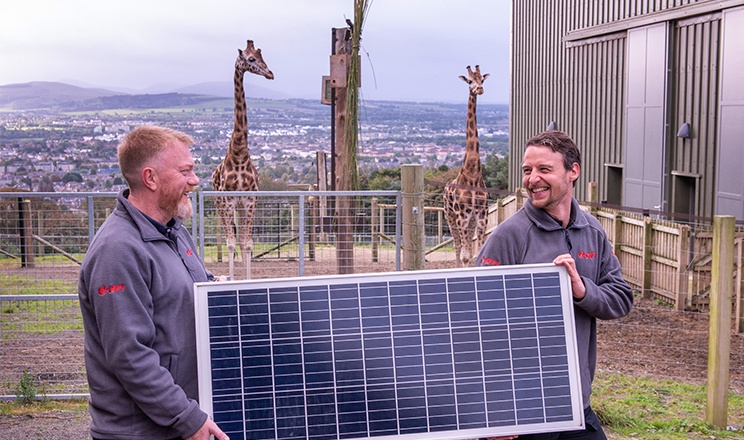
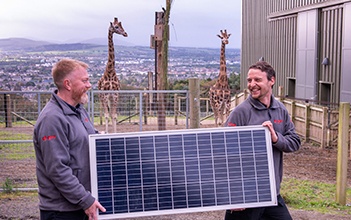

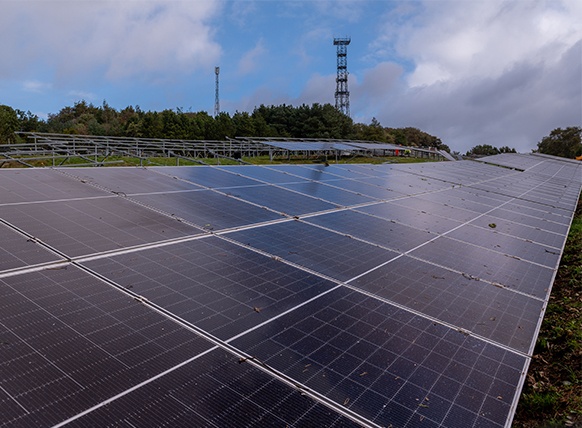

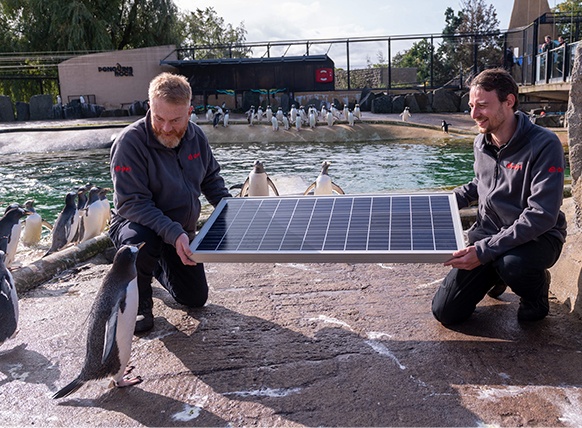
Read our other blogs
.jpg)
.jpg)
24 November 2023
Blog post
Green jobs, apprenticeships, and the new generation
Apprenticeships at E.ON are a great example of how the younger generation are defining their own development, allowing them to learn quickly and develop in a variety of green roles.
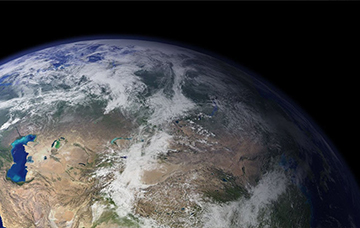
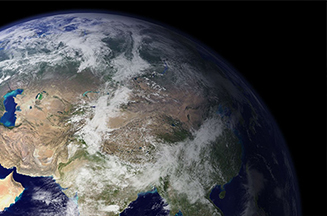
13 October 2023
Blog post
The 10 most sustainable countries in the world
Which countries are leading the way when it comes to sustainability? (Spoiler: They're all in Europe!)


19 June 2023
Blog post
Seven ways you can help tackle the climate crisis
It’s time to act on the climate crisis today, not one day. Read on for seven ways you can take action for climate.